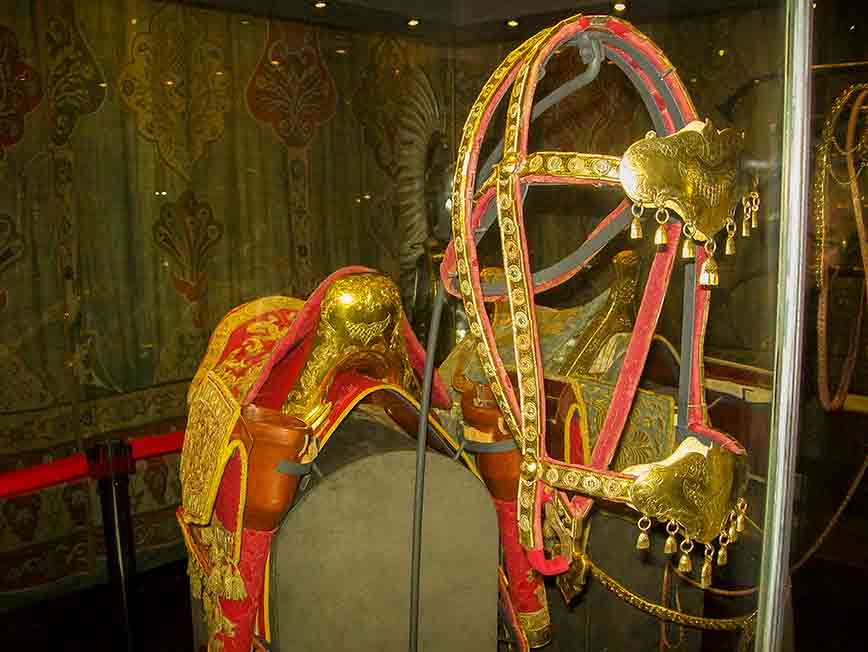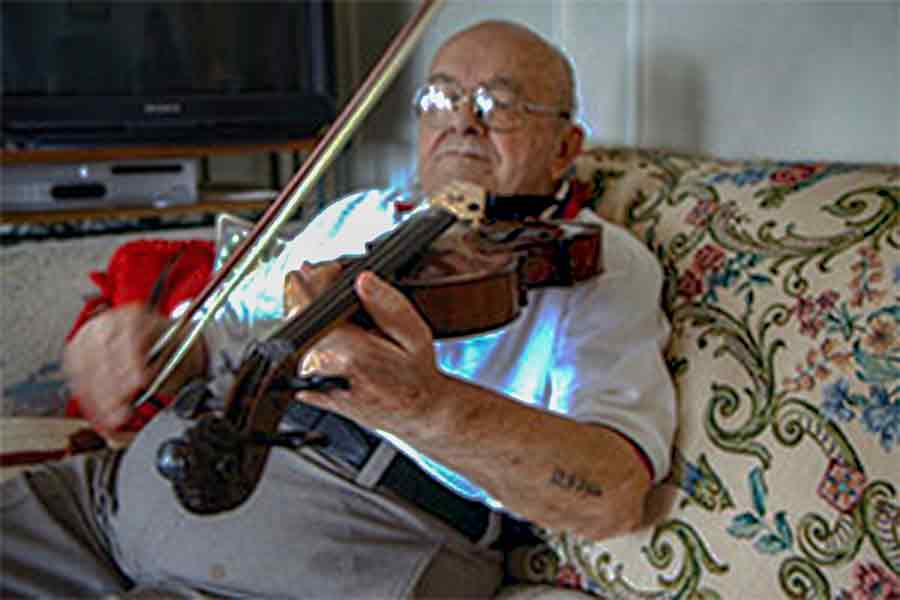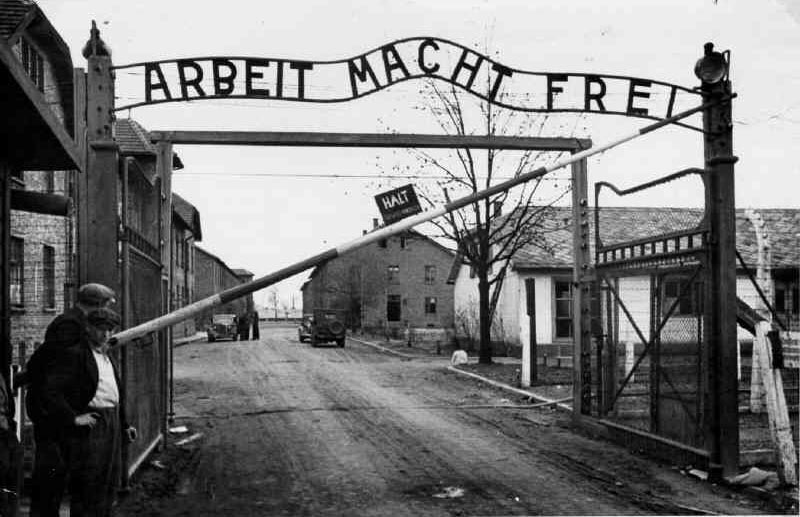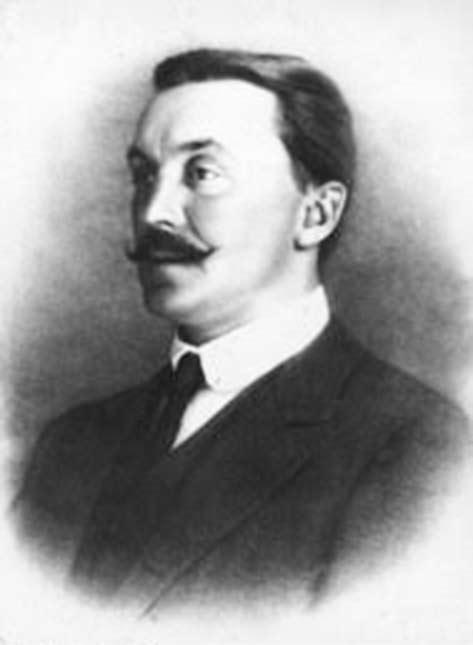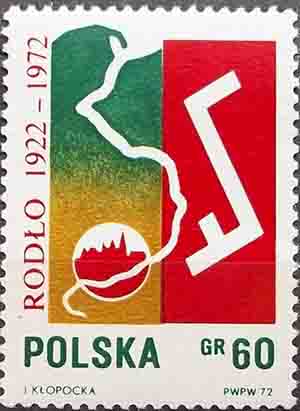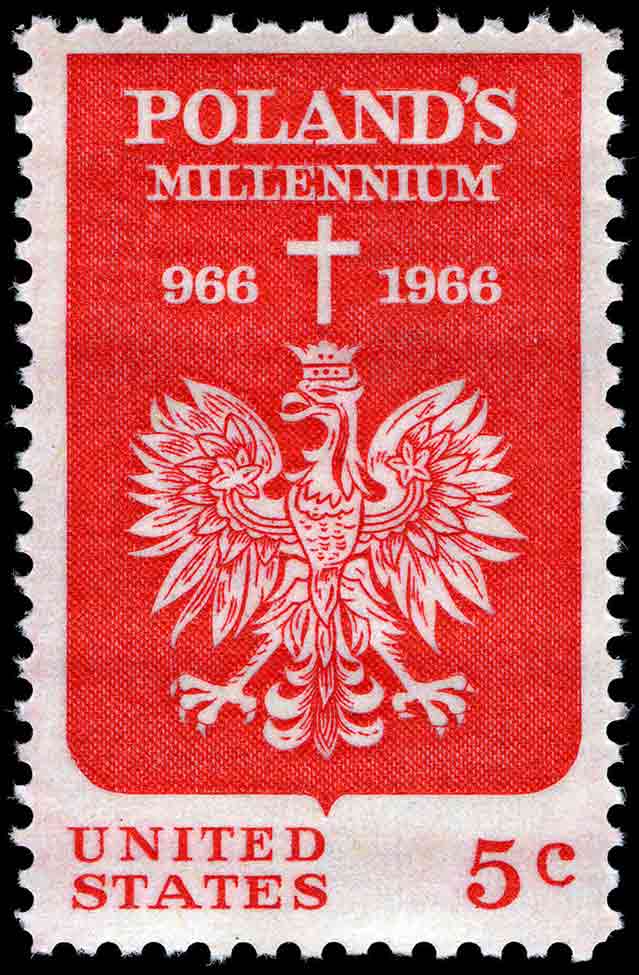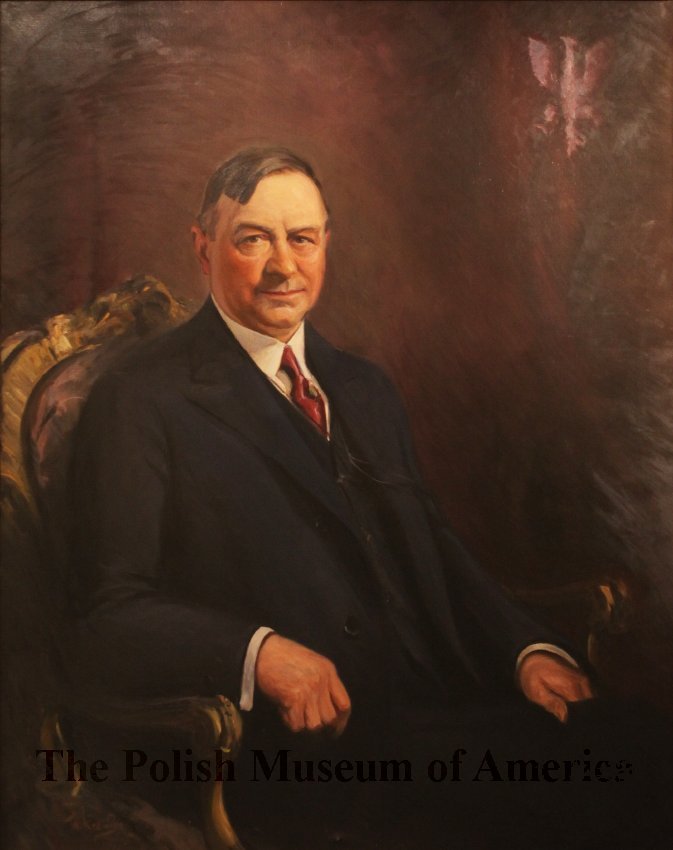The first use of the bridle, i.e. a headstall with a bit, took place in 3500-3000 BC by the Botai culture inhabiting the territory of Northern Kazakhstan. This is evidenced by the local archaeological traces in the form of mechanical damage left on the bones in the toothless part of the horse's jaws. The editors of Kuryer Polski were invited to a historical lecture on the horse harness to Tarnów, where we could admire the most beautiful exhibits gathered in the local Tower.
Read more...With this article, we would like to encourage all Americans of Polish descent and Polish government officials to reflect, and then to make sensible, joint efforts to save Polish national heritage abroad, in particular the unique archives of the Polish Mission in Orchard Lake, Michigan.
Read more...This year, January 27, was the 76th anniversary of the liberation of the German concentration camp in Oświęcim (Auschwitz). It was a very quiet anniversary, virtual, hardly mentioned in any media. Paying tribute to all those murdered in this camp, we are reminded of one of them who survived and lived among us in Chicago.
Read more...Historical truth is an objective reality, existing regardless of the situation that could distort it. It is something that is happening today, or has happened in the past. It is the responsibility of each of us to investigate, learn about, and be faithful to it. Very often historical truth falls victim to politics, is twisted, manipulated and replaced with lies. The generation that knew the facts is dying out. There is only hope that the documents it left behind will help in finding out the truth.
Read more...Great contributions to the defense of Polishness in historically Polish territories, which after regaining independence did not become part of the Second Polish Republic, should be associated with Stanisław Sierakowski. Both he and his wife Helena connected their fates with the Borderlands, Warmia and Mazury, with political, educational and social activities in favor of Poland. Today, it is worth recalling the figures of these wonderful people, who are a bit unjustly forgotten.
Read more...The end of World War I in 1918 brought Europe and the world a whole new political and economic reality. Monarchies have fallen, many nations regained independence, but a new ideological threat has also arisen, which would bring a new war in the near future. That threat was communism and fascism. The borders between countries have shifted or were shaped anew, but the population in most cases stayed where they were. In the new demographic reality, the situation of national minorities, including the Polish minority in Germany and the German minority in Poland, was an important problem to be solved.
Read more...The Polish diaspora in America was very politically active, and so numerous Polish journalists, lawyers, politicians, doctors, Polish priests, nuns and Polish community activists created an efficient pro-Polish lobbying. It was in 1966 that the idea arose for the American Post Office to print a Millennium stamp. The idea was not to be limited only to the Polish circles, but it was probably the first global idea to issue an American postage stamp with the Polish emblem of the Second Polish Republic crowned with a Catholic cross. The graphic design was commissioned to the Polish artist Edmund Lewandowski, born in Milwaukee
Read more...The outbreak of World War I raised great hopes for regaining independence among Poles scattered all over the world. They have been preparing for this historical event since the loss of independence. Each generation has played a part in this struggle, each has made mistakes and has its own vision of the future. However, it can be safely stated that the use of a favorable historical moment was possible thanks to the collaboration of outstanding leaders, their leadership talents, dedication and patriotism and awareness of all social groups.
Read more...JAN FRANCISZEK SMULSKI - an outstanding patriot, champion of the Polish cause towards the US President Wilson, close associate of Jan Ignacy Paderewski and Roman Dmowski, an organizer of financial aid for the reborn Poland, an emigrant initiator of key undertakings for the Independent. Lawyer, journalist, publisher, politician and, very importantly, the first Polish millionaire and banker in Chicago.
Read more...During World War I, the political direction for Polish emigration was simple - Poles should co-operate with the Entente [countries]. After many meetings with government officials, special hopes were placed on the Canadian government, which agreed to accept a group of Falcons into the Toronto military school. On January 1, 1917, 23 candidate officers secretly arrived in Toronto. On May 21, 1917, they received officer ranks. The top five became instructors at the Cadet School in Cambridge Springs.
Read more...On April 15, 1915, the co-founder and the second honorary president, after Sienkiewicz, of the General Rescue Committee in Switzerland, Ignacy Jan Paderewski, came to the United States.
He was welcomed in New York by representatives of the Polish emigration and clergy, including the famous Polish banker, publisher, American and Polish diaspora politician, Jan Franciszek Smulski, who made a very positive impression on Paderewski and was himself fascinated by the personality of the great artist.
Read more...Wojciech Materski
Although Russia has officially acknowledged the perpetration of the Katyn massacre, this truth is virtually absent from Russian historiography today. For it does not fit into the myth of the great victory of the war, any more than the Hitler-Stalin pact of 1939, the mass deportations, the enslavement of the Baltic republics, or the colossal scale of the Red Army's marauding in the final phase of the Second World War.
Read more...


